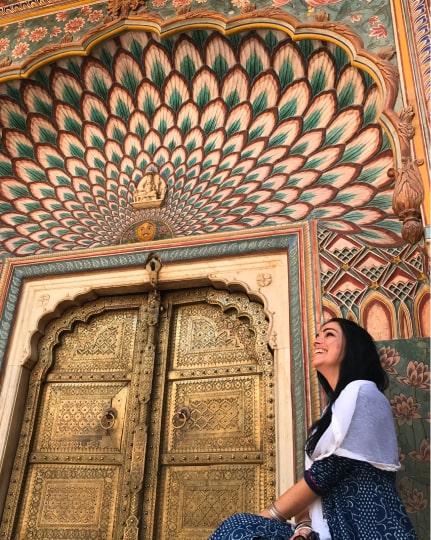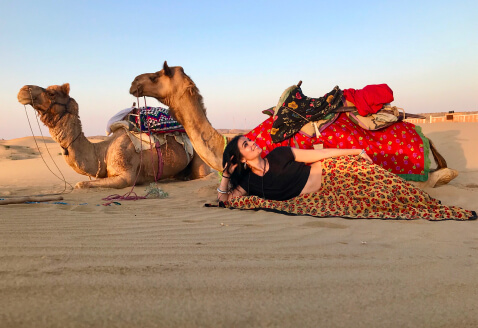
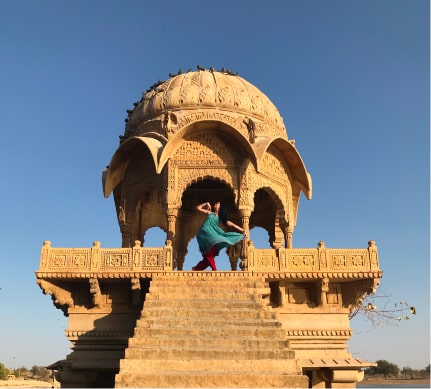
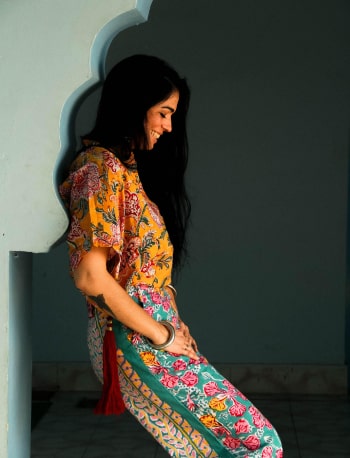
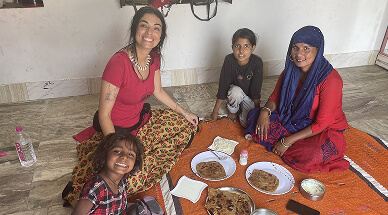
A journey of motion, culture and passion

Dance has been my driving force since I was a child. I remember dancing on the top of the tables when I was only two years old, sharing joy with the world from the deep of my soul. Over time, I learned about the powerful expression distinctive of the afro brazilian dances. Each following step drew the course of my path. Dance became the common thread of my career. I studied Contemporary Dance Teaching at the Conservatory of Alicante, yet everything changed when I traveled to India, where the Odissi dance found me.

Nowadays, my mission is building bridges between cultures, conveying the essence of the IndOriental® Dance – a respectful fusion between classical and folkloric Indian Dances with Oriental and Tribal Dances. Dance is my passion and my life.

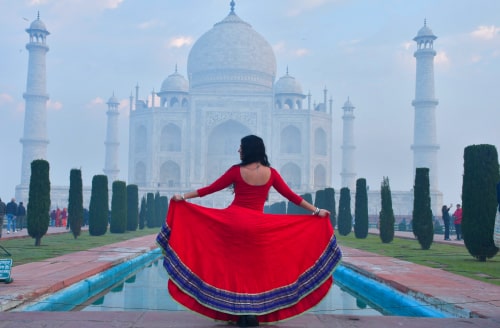
A legacy in motion
India not only gifted me with a brand new way of movement, but provided me with a transforming vision of the world. Along my learning process with amazing teachers, such as Bijayini Satpathy, Colleena Shakti, Patricia Salgado, Inma Manresa, Miriam Peretz, Morya Sapera, Narjess Montasser and my ongoing training and research of contemporary and orientalist movement, I have come to develop a unique style which I hope reflects authenticity, passion and the profound love and respect that I feel for what I do.
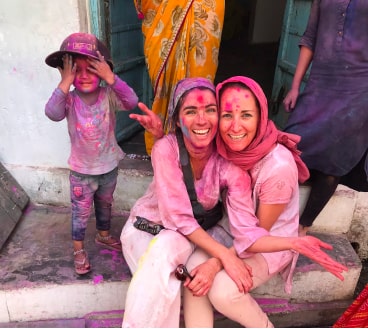
My work has taken me to stages around the world, where I teach masterclasses, carry out presentations and share my knowledge with those who see dance as more than just a discipline – but a way of living and a profound way of feeling.
